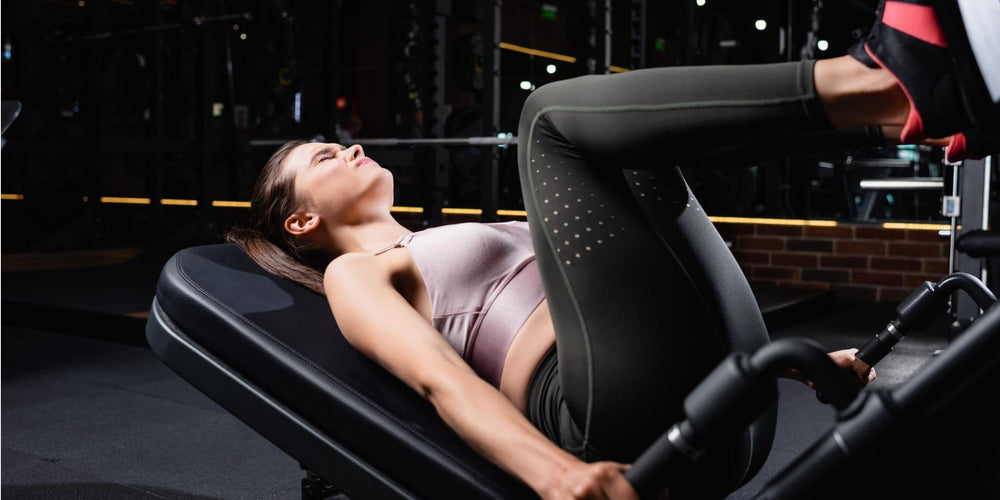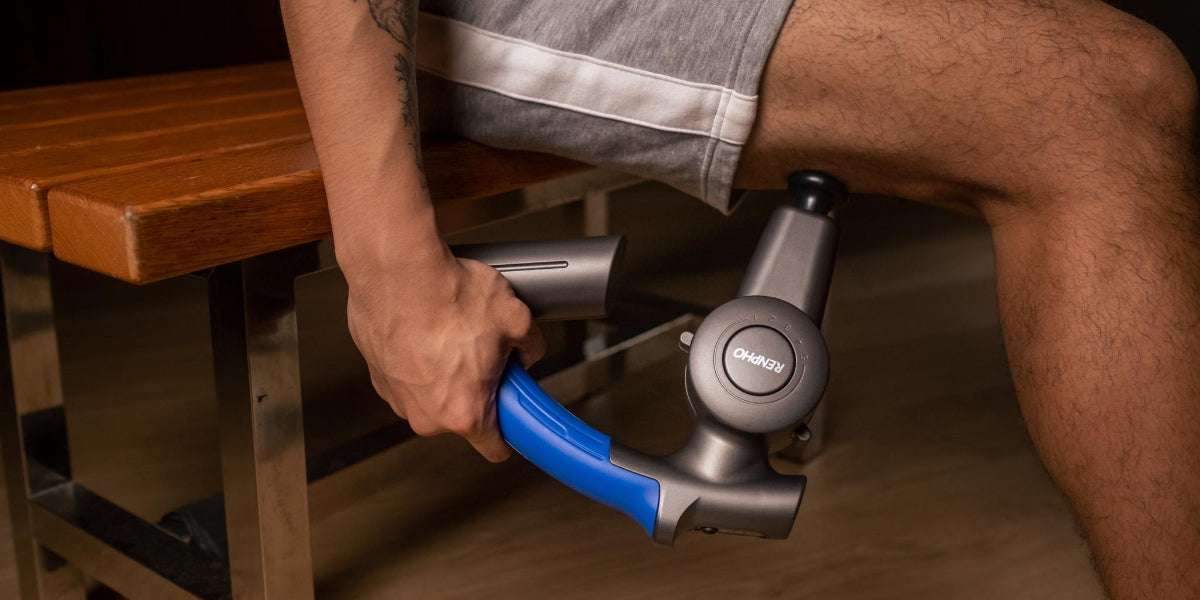HIIT, HIRT, or MICT: Which One is Right for You?

Stay tuned to our latest news
Cardiovascular exercise, or cardio for short, is a type of physical activity that involves increasing your heart rate and breathing rate for a sustained period of time. Cardio can offer many benefits for your fitness, health, and performance, such as improving your endurance, burning calories, strengthening your heart and lungs, and reducing your risk of chronic diseases.
However, not all cardio exercises are created equal. Depending on the intensity, duration, frequency, and type of exercise, you may experience different outcomes and effects from your cardio workouts. In this article, we will compare and contrast three popular types of cardio exercises: high-intensity interval training (HIIT), high-intensity repeat training (HIRT), and moderate-intensity continuous training (MICT). We will explain the characteristics, benefits, and drawbacks of each of these cardio methods, and help you decide which one is best suited for your goals, preferences, and abilities.
Starting with HIIT
Known as high-intensity interval training, HIIT involves short bursts of near-maximal effort followed by short rest intervals. For example, you may sprint for 30 seconds, then jog for 60 seconds, and repeat this cycle for 10 to 20 minutes. This can be done with various exercises, such as running, cycling, jumping, or resistance training.
@renpho HIIT Smart Jump Rope & Core Workout --- get that cardio done today! 💪 #cardio#cardioworkout#cardioathome#workoutforbeginners#fypシ ♬ original sound - RENPHO
Pros and Cons of HIIT
HIIT has been shown to offer many benefits, such as burning more calories in less time, improving insulin sensitivity, increasing aerobic fitness, and enhancing mitochondrial function. It can also improve your power, speed, and anaerobic capacity, which are important for activities that require short bursts of intense effort.
However, this type of training also has some drawbacks, such as increasing your cortisol levels and stress response, which can impair your immune function, disrupt your sleep, increase your appetite, and promote fat storage. HIIT can also deplete your glycogen stores, cause muscle damage, inflammation, and oxidative stress, which can impair your muscle function and recovery. If you do too much HIIT without proper rest and nutrition, you can end up in a state of overtraining, which can lead to a decline in performance, increased fatigue, reduced motivation, and increased susceptibility to illness and injury. HIIT can also be too intense for some people, especially beginners, older adults, or those with chronic conditions, who may not be able to tolerate the high level of exertion and risk of injury.
Exploring HIRT
Similar to HIIT, HIRT stands for high-intensity repeat training, and has longer rest intervals. For example, you may sprint for 10 seconds, then rest for 50 seconds, and repeat this cycle for 10 to 20 minutes. HIRT allows you to fully recover between each interval, which prevents you from accumulating fatigue and reduces the stress response. HIRT can also be done with various exercises, such as sprinting, throwing, or lifting.
@renpho What happens when a gymrat meets the RENPHO Power Massage Gun?🚨unstoppable🚨#gymrat #workoutrecovery #postworkout#fyp ♬ original sound - RENPHO
Should You Consider HIRT?
HIRT can offer similar or complementary benefits to HIIT, such as improving your power, speed, and anaerobic capacity, as well as your aerobic fitness. This can also be more time efficient than HIIT, as it requires less energy and effort per interval. This type of training can also reduce the negative effects of cortisol, as it allows you to fully recover between each interval, which lowers your stress response and preserves your muscle mass and function.
Some disadvantages of HIRT include requiring more equipment and space than HIIT, as it involves maximal or near-maximal effort exercises, such as sprinting, jumping, or throwing. HIRT can also be more difficult to monitor and measure, as it depends on your subjective perception of effort and recovery, rather than objective indicators, such as heart rate or time. It can also be less effective for improving your cardiovascular health, glucose metabolism, and insulin sensitivity, as it involves less oxygen consumption and energy expenditure per session.
Studying MICT
MICT stands for moderate-intensity continuous training, and it involves performing a single activity at a moderate intensity for a prolonged period. For example, you may jog for 30 minutes, cycle for 45 minutes, or swim for 60 minutes. MICT can improve your cardiovascular health, glucose metabolism, and insulin sensitivity, as well as your aerobic fitness.
@renpho If you've ever wondered how swimmers take care of their muscles after a long, tiring training session, remember the phrase "work hard, play smarter." #swimmers #swimming #trainwithme #massagegun #renphomassagegun ♬ original sound - RENPHO
Is MICT for Me?
MICT can offer different or additional benefits to HIIT and HIRT, such as improving your cardiovascular health, glucose metabolism, and insulin sensitivity, which are important for preventing and managing chronic diseases, such as diabetes, obesity, and heart disease. It can also be less stressful and more enjoyable than HIIT and HIRT, especially if you choose an activity that you like, such as jogging, cycling, swimming, or hiking. This can also be easier to recover from and incorporate into your daily routine, as it involves lower intensity and impact exercises.
On the other hand, this may require more time and commitment than HIIT and HIRT, as it involves longer duration and frequency of sessions. MICT can also be less effective than HIIT and HIRT for improving your power, speed, and anaerobic capacity, as it involves less intensity and variation of exercises.
Which One is Right for You?

The answer to this question depends on several factors, such as your goals, preferences, abilities, and availability. There is no one-size-fits-all solution, and you may benefit from combining different types of cardio exercises, rather than sticking to one exclusively. Here are some general guidelines to help you choose the best cardio method for you:
- If your goal is to improve your power, speed, and anaerobic capacity, you may want to focus on HIIT or HIRT, as they can provide the most stimulus and adaptation for these qualities. However, you should also include some MICT sessions to maintain your cardiovascular health and recovery.
- If your goal is to improve your cardiovascular health, glucose metabolism, and insulin sensitivity, you may want to focus on MICT, as it can provide the most benefits for these aspects. However, you should also include some HIIT or HIRT sessions to enhance your aerobic fitness and performance.
- If your goal is to lose weight or body fat, you may want to combine HIIT, HIRT, and MICT, as they can all contribute to creating a calorie deficit and improving your metabolism. However, you should also pay attention to your diet, sleep, and stress levels, as they can affect your weight loss and body composition.
- If your goal is to have fun and enjoy your exercise, you may want to choose the type of cardio that you like the most, or that suits your mood, environment, and availability. You may also want to vary your cardio exercises to keep them interesting and challenging.
Renpho Health Tips
-

Why You Should Improve Your Exercise Effectiveness with HIIT and Bike Workouts
October 4, 2023
Read more >
-

Gentle Workouts: The Secret to Staying Fit and Calm
November 8, 2023
Read more >
-

How HIIT Workouts Affect Weight Loss
July 5, 2023
Read more >
-

5 Exciting Outdoor Activities to Experience the Beauty of Autumn
October 15, 2023
Read more >
-

How to Select Your Massage Gun for Post-Workout Recovery
June 15, 2023
Read more >





